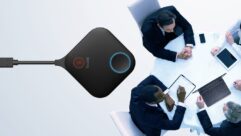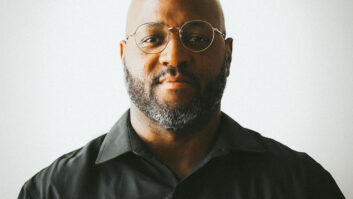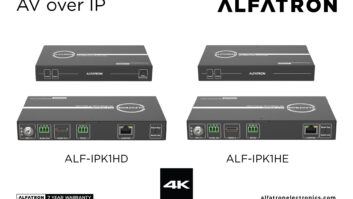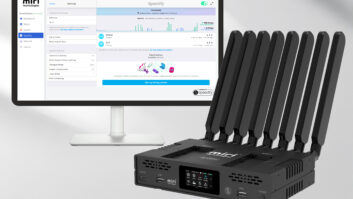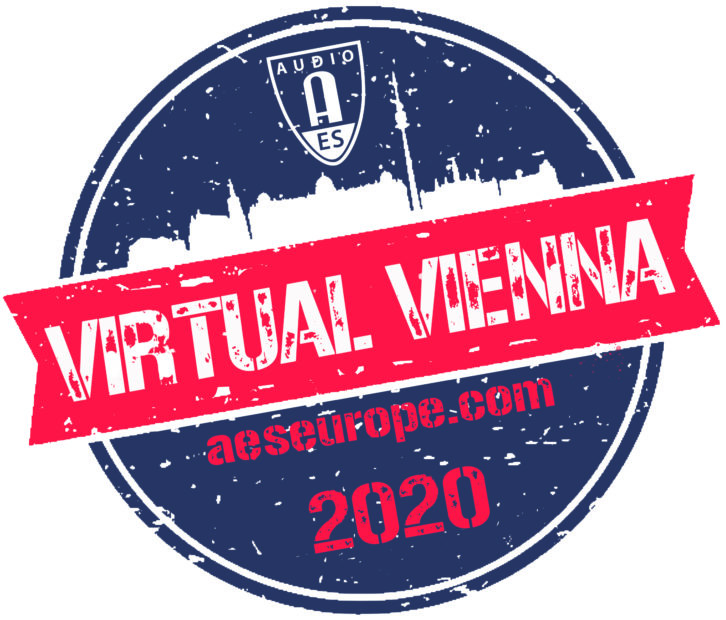
New York, NY — The Audio Engineering Society has begun to announce program details for the upcoming Virtual Vienna Convention, including three keynote lectures and the Heyser Presentation. As a result of circumstances dictating the move of the Convention to an online format, the Audio Engineering Society is bringing the AES Europe Convention directly to virtual attendees around the globe, with Keynotes from AES Fellow and Silver Medal Awardee Jamie Angus (University of Salford), Marisa Hoeschele (Acoustics Research Institute, Austrian Academy of Sciences) and Franz Zotter (Institute for Electronic Music and Acoustics, University of Arts and Music, Graz), as well as this year’s Heyser Presentation by AES Fellow and Bronze Medal Awardee Francis Rumsey (technical consultant, author, Audio Engineering Society). The AES Virtual Vienna Convention will take place online June 2 – 5, and registration is now open for as little as $50 USD for AES members.
On the opening day of AES Virtual Vienna, The Heyser Presentation – an online adaptation of the AES Technical Council’s Heyser Lecture series that serves as a highlight of each AES convention – will be presented by Francis Rumsey on “Sound Quality in the Era of Interaction and Extended Reality.” Rumsey’s description of his presentation notes, “When evaluating sound quality, audio engineers have traditionally relied on some explicit or implied comparison with a reference. Even if a reference signal is not formally used, any judgement about what is ‘good’ or ‘correct’ has traditionally been rooted in a concept of fidelity to some ideal. That ideal might be a memory of ‘the best I have ever heard,’ some naturally occurring version of the sound in question, or perhaps ‘what the engineer/producer heard in the control room.’ We assume that we know what correct sound reproduction is, and that high quality means getting as close to that goal as possible. This is all very well when we are mainly aiming at sound reproduction of something that actually happened, and when a canonical version exists. Audio products are increasingly interactive, though, and multiple versions can be rendered depending on user interaction. Extended reality systems make the user experience increasingly indeterminate. The concept of fidelity breaks down, and the engineer no longer has ultimate control over what is delivered to the listener. New paradigms for integrative evaluation of sound quality are needed.”
On day two of the Convention, Marisa Hoeschele will give the keynote address “Audio from a Biological Perspective.” In the abstract of the address, Hoeschele states, “Audio plays an important role in the human experience. We communicate and express ourselves via sounds such as language and music. For a long time, the types of sounds we produce in both language and music were considered arbitrary cultural phenomena. But over the last decades, it has become increasingly clear that biology plays an important role in how we perceive and produce sounds. This talk will be an overview of insights that can be taken by considering biological foundations of our cultural practices in producing audio and perceiving music.”
The day-three keynote “Try Ambisonics, It’s Better Than Ever!” will be given by Franz Zotter, “Ambisonics sounds and works better as 3D audio technology than ever before,” says Zotter. “There are microphone arrays available for higher-order recording, excellent Ambisonic decoders for loudspeakers, and excellence has been achieved by new headphone decoders.” Additionally, he notes, “In the last decade, we have gathered a profound perceptual understanding of Ambisonics. In addition to commercial tools and plugins, many free tools developed at universities became available in recent years. Currently, we experience Ambisonic technology that is highly versatile and can easily live up to the expectations that its inventors had been dreaming of several decades ago.
On day four, Jamie Angus will deliver the final keynote of the Convention, titled “Dicing With Audio.” Says Angus, “Noise, random or otherwise, has been around in audio since its very beginning. It can be a compositional tool, a synthesis element, or just a nuisance to be eliminated. How do we use noise creatively and technically to enhance our audio experiences? The answer might surprise you. Join me for a white noise ride at the boundaries of audio!”
Additional details on the AES Virtual Vienna Convention Technical Program, including topics and events, Paper presentations, Workshops, Tutorials, Posters, Engineering Briefs, Virtual Tech Tours and other technical program content, along with live- and forum-based dialog with presenters, will soon be announced. Registration and preliminary information are available at AESEurope.com.






